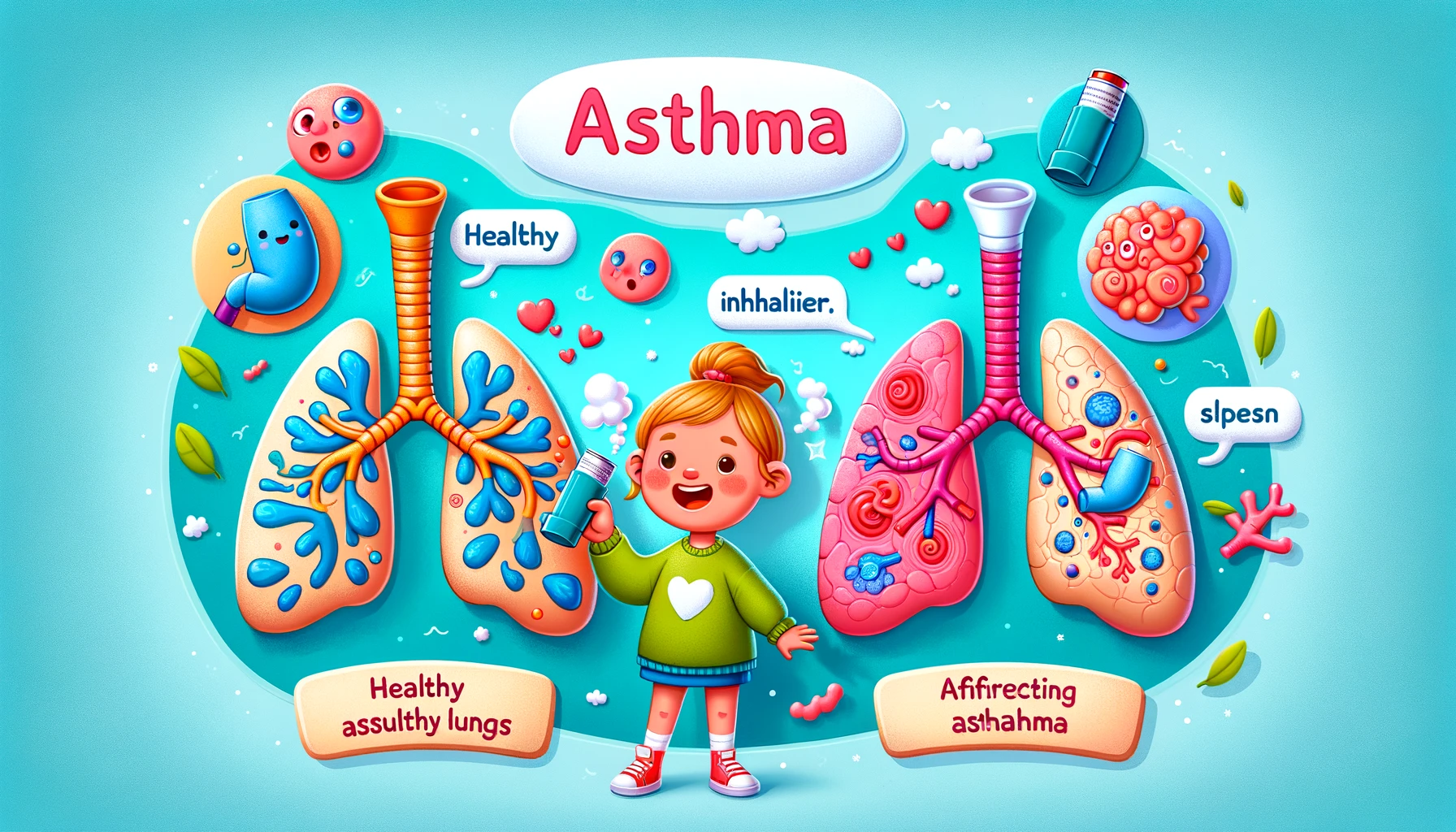Asthma Triggers and Preventions
Asthma Triggers and Preventions
Table of Contents
- Introduction to Asthma Triggers
- Common Asthma Triggers
- Allergens
- Irritants
- Physical Activity
- Respiratory Infections
- Weather Conditions
- Identifying Personal Triggers
- Prevention Strategies
- Reducing Allergen Exposure
- Managing Environmental Irritants
- Safe Physical Activity
- Preventing Respiratory Infections
- Adapting to Weather Changes
- Importance of Asthma Management
- Conclusion
- References
Common Asthma Triggers and Prevention
Introduction to Asthma Triggers Asthma is a chronic respiratory condition characterized by inflammation and narrowing of the airways, leading to breathing difficulties. Various triggers can exacerbate asthma symptoms, making it essential to identify and manage these triggers to maintain better control over the condition. This article explores common asthma triggers and provides practical prevention strategies to help reduce asthma symptoms and improve quality of life.
Common Asthma Triggers Several factors can trigger asthma symptoms. Understanding these triggers is crucial for effective asthma management.
Allergens
Common Allergens:
- Pollen: Grass, tree, and weed pollen can cause seasonal asthma flare-ups.
- Dust Mites: Tiny insects found in household dust can trigger asthma symptoms.
- Pet Dander: Proteins found in the skin flakes, urine, and saliva of pets can cause allergic reactions.
- Mold: Mold spores in damp areas can exacerbate asthma.
Irritants
Common Irritants:
- Smoke: Tobacco smoke, including secondhand smoke, is a significant asthma trigger.
- Air Pollution: Outdoor air pollutants like ozone and particulate matter can worsen asthma.
- Chemical Fumes: Household cleaners, paints, and other chemicals can irritate the airways.
- Strong Odors: Perfumes, scented products, and cooking smells can trigger asthma symptoms.
Physical Activity
- Exercise-Induced Asthma: Physical exertion, especially in cold or dry air, can trigger asthma symptoms in some individuals.
Respiratory Infections
- Viruses: Common colds, flu, and other respiratory infections can lead to asthma flare-ups.
- Bacterial Infections: Sinus infections and pneumonia can also worsen asthma symptoms.
Weather Conditions
- Cold Air: Breathing in cold air can constrict airways and trigger asthma.
- Humidity: High humidity levels can worsen asthma symptoms.
- Thunderstorms: Sudden changes in weather, particularly thunderstorms, can release pollen and mold spores into the air.
Identifying Personal Triggers Identifying personal asthma triggers is essential for effective management. Keeping a symptom diary can help track exposure to potential triggers and identify patterns. Working with a healthcare provider to perform allergy testing and spirometry can also provide insights into specific triggers.
Prevention Strategies
Reducing Allergen Exposure
- Use Allergen-Proof Bedding: Encase pillows, mattresses, and box springs in allergen-proof covers.
- Regular Cleaning: Dust and vacuum regularly using a vacuum with a HEPA filter.
- Control Humidity: Use a dehumidifier to keep indoor humidity levels low and reduce mold growth.
- Pet Management: Keep pets out of bedrooms and off furniture. Bathe pets regularly to reduce dander.
Managing Environmental Irritants
- Avoid Smoke: Do not smoke, and avoid exposure to secondhand smoke.
- Use Air Purifiers: Install air purifiers with HEPA filters to reduce indoor pollutants.
- Ventilation: Ensure proper ventilation when using household cleaners, paints, or other chemicals.
- Fragrance-Free Products: Choose fragrance-free cleaning products and personal care items.
Safe Physical Activity
- Warm-Up: Always warm up before exercising to prepare the airways.
- Avoid Cold Air: Exercise indoors during cold weather or wear a scarf over the mouth and nose.
- Hydration: Stay hydrated to keep airways moist.
Preventing Respiratory Infections
- Vaccination: Get vaccinated against influenza and pneumococcal disease.
- Hand Hygiene: Wash hands regularly to reduce the risk of infections.
- Avoid Sick Contacts: Stay away from individuals with respiratory infections.
Adapting to Weather Changes
- Monitor Weather: Check local air quality and weather forecasts to plan activities accordingly.
- Stay Indoors: During high pollen counts, thunderstorms, or extreme weather conditions, limit outdoor activities.
Importance of Asthma Management Effective asthma management involves more than just avoiding triggers. It includes using prescribed medications, regularly monitoring symptoms, and having an action plan in place. Regular follow-ups with healthcare providers ensure that asthma is well-controlled and that any necessary adjustments to the treatment plan are made promptly.
Conclusion Understanding and managing asthma triggers is crucial for maintaining good asthma control and improving quality of life. By identifying personal triggers and implementing practical prevention strategies, individuals with asthma can reduce the frequency and severity of their symptoms. Working closely with healthcare providers to create and follow a comprehensive asthma management plan is essential for long-term health and well-being.
<ⓒ WizardMedics (wizardmedics.com)>



